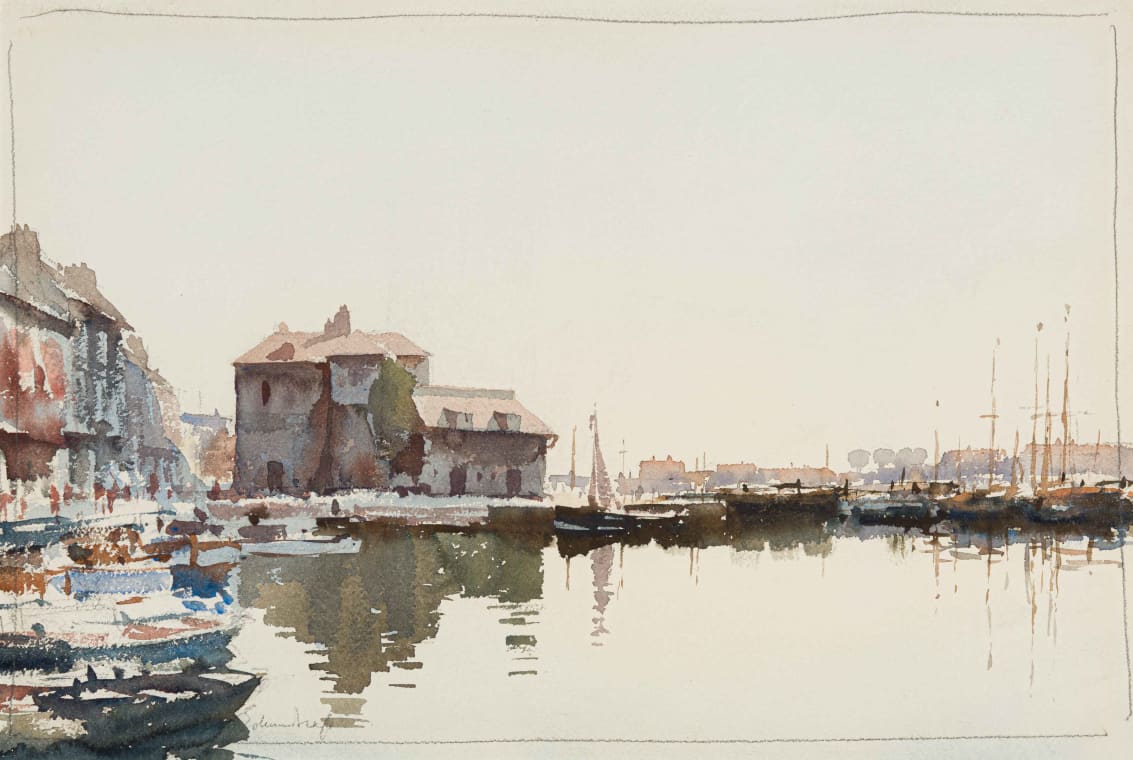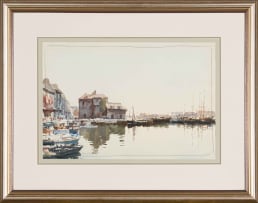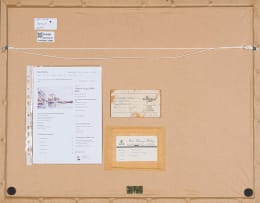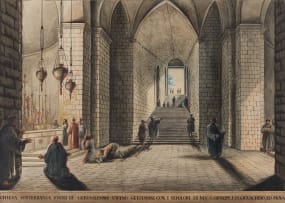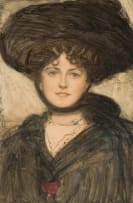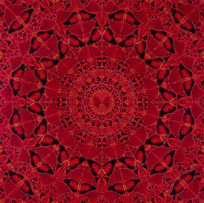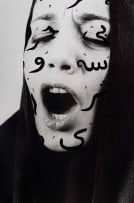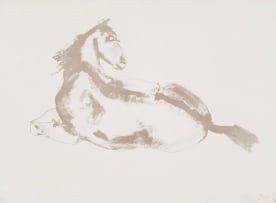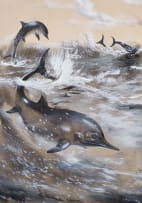The International Sale
Live Virtual Auction, 22 October 2024
Evening Sale
Incl. Buyer's Premium & VAT
About this Item
signed; inscribed with the title on the paper on the reverse; inscribed with the artist's name, the title and medium on Everard Read and Pieter Wenning Gallery labels adhered to the reverse
Notes
Between 1951 and 1967, Edward Seago undertook eight significant painting trips to France, focusing primarily on the coastal areas and northern waterways. He stocked his yacht, The Capricorn, with art supplies, including canvases, boards, spare paint tubes, distilled turpentine, rolls of cotton wool, and provisions to last up to three months. His journeys along the coast and up the Seine toward Paris featured stops to capture scenes in Dieppe, Rouen, Duclair and Honfleur.
In his memoirs, Seago recounts his instant fondness for Honfleur, likely inspired by local artist Eugène Boudin, a pioneer of the en plein air technique that Seago admired and embraced. Seago's artistic production during this period was a crucial turning point in his career; he explored new colours and his confidence grew. The paintings from this period are particularly notable for their quality and are highly regarded.1
The present lot is a view of La Lieutenance. This historical landmark located in Honfleur, is particularly notable for its Impressionist heritage. Claude Monet and his contemporaries frequently set up their easels to capture the beauty of the area. The present lot beautifully evokes the charm of this beloved landmark.
1. James W Reid (1991) Edward Seago, The Landscape Art, London: Sotheby's Publications, page 180.
Born in Norwich, Edward Seago is widely regarded as one of England's most esteemed landscape painters. His early years were spent
in East Anglia, where his painting is deeply rooted. Due to health issues, Seago was mostly self-taught, although he received guidance and support from notable artists such as Sir Alfred Munnings and Bertram Priestman. Seago painted landscapes, skyscapes, seascapes, street scenes, and portraits, with a particular emphasis on the natural world. He drew inspiration from Dutch landscape painting as well as various English painters, including those associated with the Norwich School. His atmospheric, Impressionistic painting style is characterised by his spontaneous response to his immediate surroundings. He skilfully captured the beauty of the landscape, the interplay of light on the earth and sky, and the harmonious relationship between humanity and nature, all with a profound sensitivity and
authenticity. In the 1950s and 1960s, Seago embarked on extensive travels, including a journey to Antarctica at the invitation of His Royal
Highness Prince Philip, the Duke of Edinburgh. He meticulously observed and painted the landscapes he encountered during his travels.
Seago's artwork has been admired and sought after by a diverse range of collectors worldwide, from everyday individuals to members of royalty. He developed a close association with the British Royal family, who possess an extensive collection of his works. Seago exhibited annually in London and regularly in South Africa, Canada, and the United States of America. His exhibitions were highly anticipated, often resulting in sold-out shows with eager patrons queuing for access. His paintings were also displayed at prestigious venues such as the Royal Academy and the Paris Salon.
Seago was elected to the Royal Society of British Artists (RBA) in 1946 and the Royal Watercolour Society (RWS) in 1959. He died in 1974, but his legacy continues, with numerous exhibitions of his work having taken place since his death.
Provenance
Pieter Wenning Gallery, Johannesburg.
Everard Read, Johannesburg.
Russell Kaplan Auctioneers, Johannesburg, 30 July 2023, lot 159.
